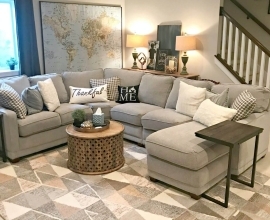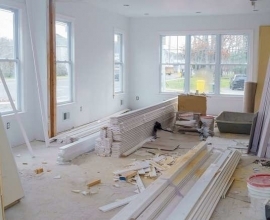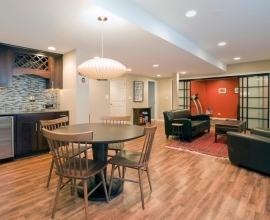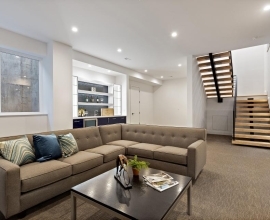Which DIY home renovation projects could add the most value to your house — and which ones to avoid
Thanks to the coronavirus pandemic, Americans have a lot more time on their hands — and they’re spending that time at home.
Earlier in the health crisis, economists predicted that spending on renovation projects would actually dip across much of the country. But recent data show that there’s been a definite surge in interest in certain home improvement projects.
Just look at the lumber market: There’s now a shortage of pressure-treated lumber used to build decks across the country.
Meanwhile, the housing market has recovered well from the start of the pandemic, with home sales rising considerably thanks to pent-up demand among buyers fueled even further by record-low mortgage rates.
As a result, many homeowners may be considering the benefits of fixing up their home to make it more appealing to potential buyers — and a nicer place to live in the era of social distancing. And they may be thinking about going the do-it-yourself route, given the extra free time many people have this summer.
“They’ve been sitting at home for a few months, and they want to just spend a little bit of money, invest in their house, and make it a little bit better,” said Steve Cunningham, owner of Cunningham Contracting in Williamsburg, Va., and vice chair of the National Association of Home Builders (NAHB) Remodelers.
But not all DIY home improvement projects will offer homeowners a solid return on their investment. Here’s what homeowners need to consider before breaking out the toolkit.
To start, know your limits
Remodeling Magazine produces an annual list tracking the cost of various improvement projects versus the percentage that was recouped in the home’s resale value. Many of the projects at the top of the list are not for the faint of heart — or someone who isn’t a trained professional.
No. 1 on Remodeling Magazine’s list: Adding a manufactured stone veneer to the outside of your home.
“Their only limitation would be their skills,” Cunningham said. “These DIY shows, they show a person starting, and then you go to a commercial and come back and it’s ready to use. They show you just a portion of the process that’s needed to do it correctly.”
Source: https://on.mktw.net/34yWDJr







